
Biscuits made with vegetable shortening, a form of vegetable oil that’s solid at room temperature, are a classic breakfast staple in many homes. Flaky, tender and crispy, biscuits have a similar texture to pie crust. When you use shortening, however, you are adding a lot of trans fat that may increase your risk of heart disease. Choose from a variety of substitutes when whipping up your next batch of biscuits instead of using Crisco, a hydrogenated vegetable oil.
Best Shortening Substitutes
Equal Substitution
Substitute butter in many baked goods, including standard biscuit recipes, without altering the taste or texture too much. The ratio of substitution is 1-to-1, meaning whatever amount the recipe calls for in shortening, you will use the same amount of butter. Dairy butters are fine to use; choose salted or unsalted versions based on your own personal taste. Vegan bakers can opt for vegan butters or margarines made from coconut oil or other fats that don't contain animal products.
Partial Substitution
If you run out of shortening before you've filled up the measuring cup, you can make a partial substitution. Butter, ghee, lard, yogurt -- dairy or soy varieties -- and sour cream are all appropriate replacements when baking biscuits. Use up your shortening and add the remaining portion of the measurement in another fat. Steer clear of liquid oils like canola oil, however, if you want a light, flaky biscuit – they have a higher melting point and aren’t usually a great substitute to use in place of shortening.
Taste and Texture
Some baking substitutions do the job in a pinch, but your biscuits won't look, taste or feel exactly the same as a shortening-based batch. The type of fat you use can be just as important adding the baking powder or buttermilk in baking recipes. Liquid oils can make biscuits greasier and heavier than solid fats because of the increased water content. Pureed fruits and vegetables, such as applesauce and sweet potato, are adequate substitutes for shortening and other fats in cakes and quick breads, but might not work as well in a classic flaky crust or biscuit recipe. The sweetness of the puree shines through and will give a distinct flavor to the end product. You could also use coconut oil, but that will give the biscuits a slight coconut flavor.
Reducing the Fat
If you're worried about the fat content of your biscuits or trying to limit you’re saturated fat intake, then you can reduce the amount of fat you use without necessarily replacing the shortening. Experiment with decreasing the shortening measure by one-third to one-half. In many baked goods recipes, you can successfully use only 2 tablespoons of fat for each cup of flour. In addition, you could do a partial substitution like explained above.
Related Articles

Can You Use Butter Instead of Cooking ...
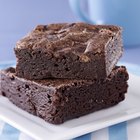
How to Replace Ingredients to Make ...
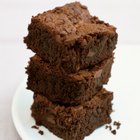
Substitution for Oil in Baking Brownies
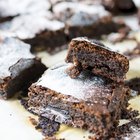
Substitutes for Vegetable Oil in ...
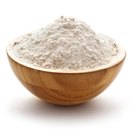
Can Jiffy Baking Mix Be Substituted As ...
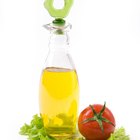
Can You Substitute Shortening for ...
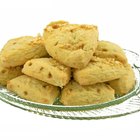
What Is the Difference Between Scones & ...
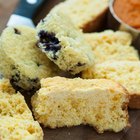
How to Substitute Pumpkin for Oil

How to Make Your Own Hand Lotion With ...

Butter Substitute for Baking Scones

Substitutes for Shortening in Frosting

Substitute for 1 Square of Baking ...

How to Substitute Applesauce for Oil in ...
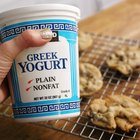
How to Replace Butter With Greek Yogurt ...
How to Use Unsweetened Applesauce in ...

A Butter Substitute for Baking Muffins
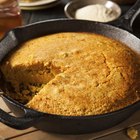
How to Make Southern Fried Cornbread

Does Canola Oil Taste the Same as ...

Substitution for Oil in Baking Brownies

Canola Oil Vs. Lard in Baking
Writer Bio
Erica Roth has been a writer since 2007. She is a member of the Society of Professional Journalists and was a college reference librarian for eight years. Roth earned a Bachelor of Arts in French literature from Brandeis University and Master of Library Science from Simmons College Graduate School of Library and Information Science. Her articles appear on various websites.